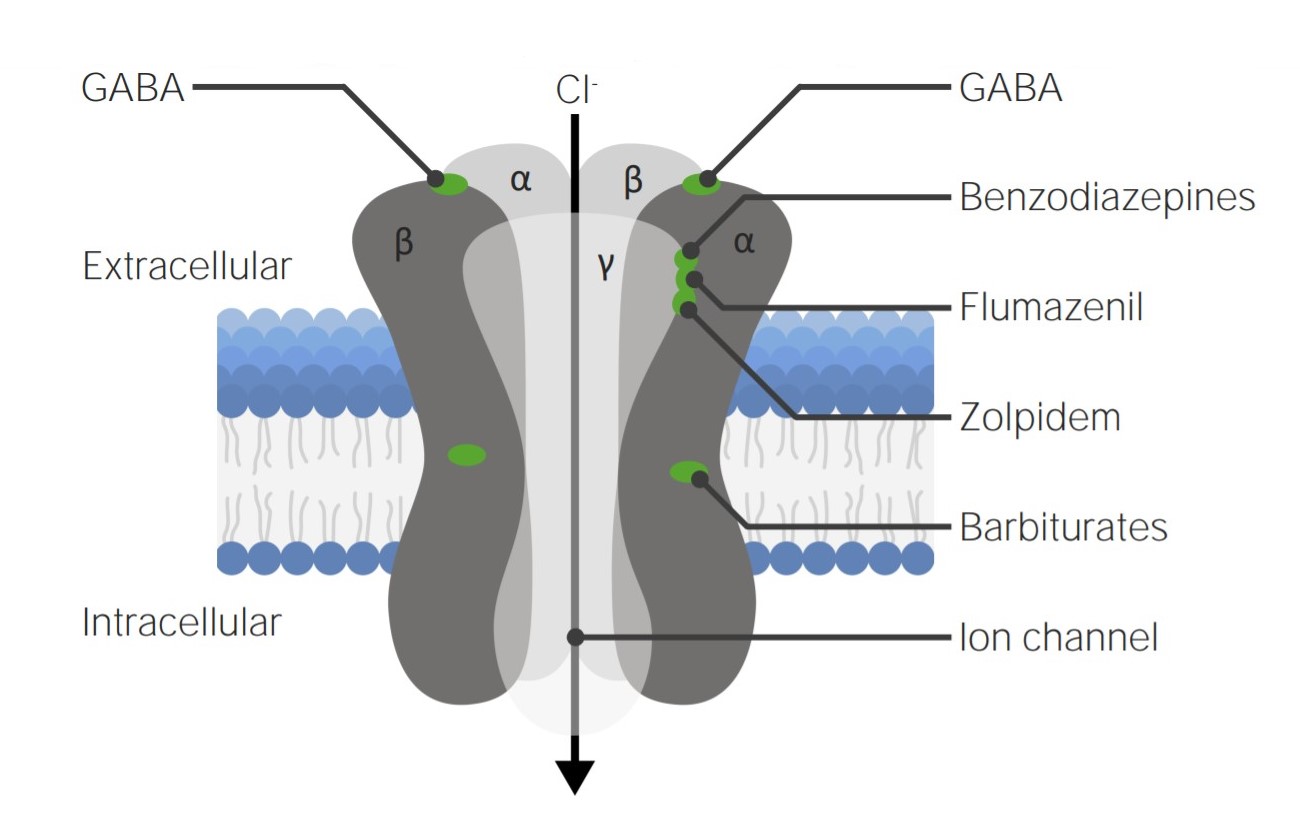Playlist
Show Playlist
Hide Playlist
Intravenous Regional Anesthesia – Other Limb Blocks and Intravenous Regional Anesthesia
-
10 -Other limb Block.pdf
-
Download Lecture Overview
00:00 This is an Intravenous Regional Anesthetic block and this is a block that's used for very simple procedures in the forearm. So, things like removing little ganglia from the wrist, doing median nerve decompressions, this is a block that can be used. It uses a double tourniquet technique. So there's a Proximal tourniquet, which is near to the body, a Distal tourniquet, which is away from the body. You elevate the patient's arm, after you've started an IV in that arm, you just put a needle in and cover it at that point. 00:32 Elevate the patient's arm for several minutes and then you use what's called an Esmarch bandage, which is really just a big fat elastic. And you wrap it around the arm very tightly to push all the blood out of the arm. At which point you inflate the distal cuff, so the cuff nearest to the body. Take the tourniquet off and then fill the limb, through the IV that you've started with 0.5% lidocaine. It's usually between 30-40 millimeters and you can tell the approximate amount you're using by just looking at the veins in the forearm. And if they're starting to swell, then you've probably put inadequate amount of local anesthetic in. You have to wait probably 5 minutes before you get a good effect, but that's usually time for the positioning of the arm and the prepping of the surgical position. You have to take the needle out of the hand at this point, and then the surgeon can go ahead and do the surgery. 01:29 If the arm becomes painfull, you can inflate the distal cuff over tissue that is been blocked and release the proximal tourniquet. 01:36 The patient will have a instant relief from the pressure that they had on their arm. This block is a very safe block if you do it properly. At the end of surgery, if it's been less than 30 minutes since you injected the anesthetic, you should wait. Do not deflate the tourniquet yet. Many anesthesiologists believe that it's worthwhile to deflate the tourniquet in a series of steps to allow only a small amount of local anesthetic to reach the central circulation, if there is still a local anesthetic present in the limb that hasn't been bound to tissues. So, you deflate the tourniquet and reinflate it immediately again. You do that 2 or 3 times over a minute or two, and the local anesthetic is washed out of the limb. And the sensation returns usually within 4 or 5 minutes. So it's a pretty short duration, once the tourniquet's released. Intravenous regional anesthesia is easy to do. 02:36 The only problem is that the surgical site tends to be wet. Lot of local anesthetic floating around and some surgeons find this annoying. So local anesthetic toxicity can occur with intravenous regional anesthesia, particularly if the wrong drug or the wrong concentration is injected. The only drug that is safe in this situation is 0.5% lidocaine. 03:00 When Bupivacaine or stronger concentrations of lidocaine have been given, the spillage of those drugs into the central circulation can cause serious side effects, including cardiac arrest or seizures. Finally, as I mentioned, many anesthesiologists advice releasing the tourniquet for 5 - 10 seconds and then reinflating, and repeating that 2 or 3 times after the surgery is completed. 03:30 So in summary, in this talk we've talked about Regional Anesthesia and Analgesia. 03:36 We've spent some time discussing Epidural or/and Spinal Anesthesia - Neuraxial Blocks, and how they can be used for surgery or, in the case of epidurals, how it can be used for labor analgesia, or for postoperative pain control. We've talked about various methods by which peripheral nerves can be blocked, with emphasis on ultrasound guided techniques that have higher efficacy and lower complication rates. And finally we talked about Intravenous Regional Anesthesia. The Pros and Cons of that technique. 04:12 And how it can be used for surgery of minor peripheral limb lesions.
About the Lecture
The lecture Intravenous Regional Anesthesia – Other Limb Blocks and Intravenous Regional Anesthesia by Brian Warriner, MD, FRCPC is from the course Anesthesia.
Included Quiz Questions
Which of the following drugs is safest for intravenous regional anesthesia?
- 0.5% lidocaine
- 1% lidocaine
- 10% lidocaine
- Non-diluted lidocaine
- 0.75% lidocaine
Which of the following blocks is used for median nerve decompression?
- Intravenous regional anesthesia
- Infrascapular block
- Suprascapular block
- Axillary block
- Intrascalene block
Which of the following blocks is used for median nerve decompression?
- Intravenous regional anesthesia
- Infrascapular block
- Suprascapular block
- Sciatic nerve block
- Interscalene block
Which description applies to intravenous regional anesthesia?
- Produced by using dilute local anesthetic in a limb that is isolated from the main circulation
- Useful for all types of upper limb surgery
- More rapidly and effectively produced with concentrated local anesthetics
- Never produces systemic side effects
Customer reviews
5,0 of 5 stars
| 5 Stars |
|
5 |
| 4 Stars |
|
0 |
| 3 Stars |
|
0 |
| 2 Stars |
|
0 |
| 1 Star |
|
0 |




